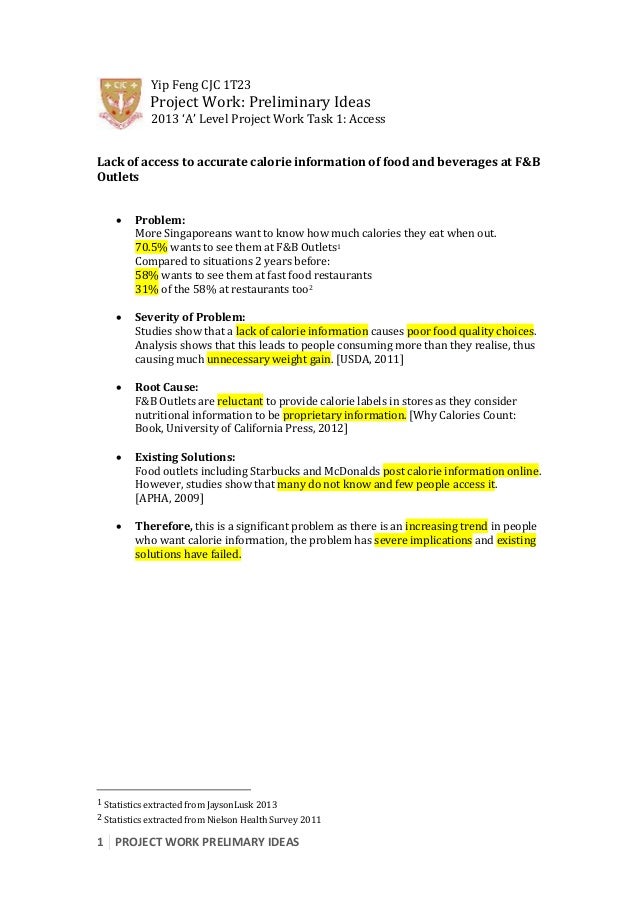
Project Work Preliminary Idea Template
PROJECT PROGRESS REPORT template - This document displays the screens seen by the researcher at each step of the project progress report (PPR) questionnaire (years 2013 onward). You should consult the CFI Policy and program guide for complete information on requirements and guidelines related to the PPR. Table of Contents Project overview 1. The notes and guide that form most of the words in this template are more important than the sentences to fill in. Often, the less ‘filler’ in an academic proposal, the better, as this means it is clear to your readers that your work is content-oriented. Often, the title of a subsection will be enough to introduce it.
Many project teams use the reporting tools in their to track work, identify risks and issues, and keep stakeholders informed about the project. Depending on the project and organizational processes, additional project reports with in-depth analysis and recommendations may also be required when a project ends.Writing a report is a useful opportunity to evaluate the project, document lessons learned, and add to your organization’s knowledge base for future projects. Below is a seven-step process to help you write an effective project report.7 Steps to Writing Effective Project Reports 1.
Decide the ObjectiveTake some time to think about the purpose of the report. Do you need to describe, explain, recommend or persuade? Having a clear purpose from the outset ensures that you stay focused, which makes it easier to engage your reader.2. Understand Your AudienceWriting a formal annual report for your stakeholders is very different to a financial review. Tailor your language, use of data and supporting graphics to the.It is also useful to consider the personal of the reader, for example, how do they write emails or structure documents? Reflect their preferences where possible.
You may need to develop a more formal or informal tone to your own natural style. Adapting this technique will build rapport and make the reader more receptive to your ideas3. Report Format and TypeBefore you start, check the report format and type. Do you need to submit a written report or deliver a presentation? Do you need to craft a formal, informal, financial, annual, technical, fact-finding or problem-solving report? You should also confirm if any templates are available within the organization. Checking these details can save time later on!4.
Gather the Facts and DataIncluding engaging facts and data will solidify your argument. Start with your and work out as needed. Remember to cite sources such as articles, case studies, and interviews.Project status report in a SharePoint project site5. Structure the ReportA report typically has four elements:. Executive Summary. Your report will begin with the summary, which is written once the report is finished.
As the first item the reader encounters, this is the most important section of the document. They will likely use the summary to decide how much of the report they need to read so make it count!. Introduction: Provide a context for the report and outline the structure of the contents. How to throw softball faster.
Identify the scope of the report and any particular methodologies used. Body: It’s now time to put your writing skills to work! This is the longest section of the report and should present background details, analysis, discussions, and recommendations for consideration. Draw upon data and supporting graphics to support your position. Conclusion: Bring together the various elements of the report in a clear and concise manner.
Identify next steps and any actions that your reader needs to take.6. ReadabilitySpend some time making the report accessible and enjoyable to read. If working in Word, the Navigation pane is a great way to help your reader work through the document. Use formatting, visuals, and lists to break up long sections of text.7. EditThe first draft of the report is rarely perfect so you will need to edit and revise the content. If possible, set the document aside for a few days before reviewing or ask a colleague to review.